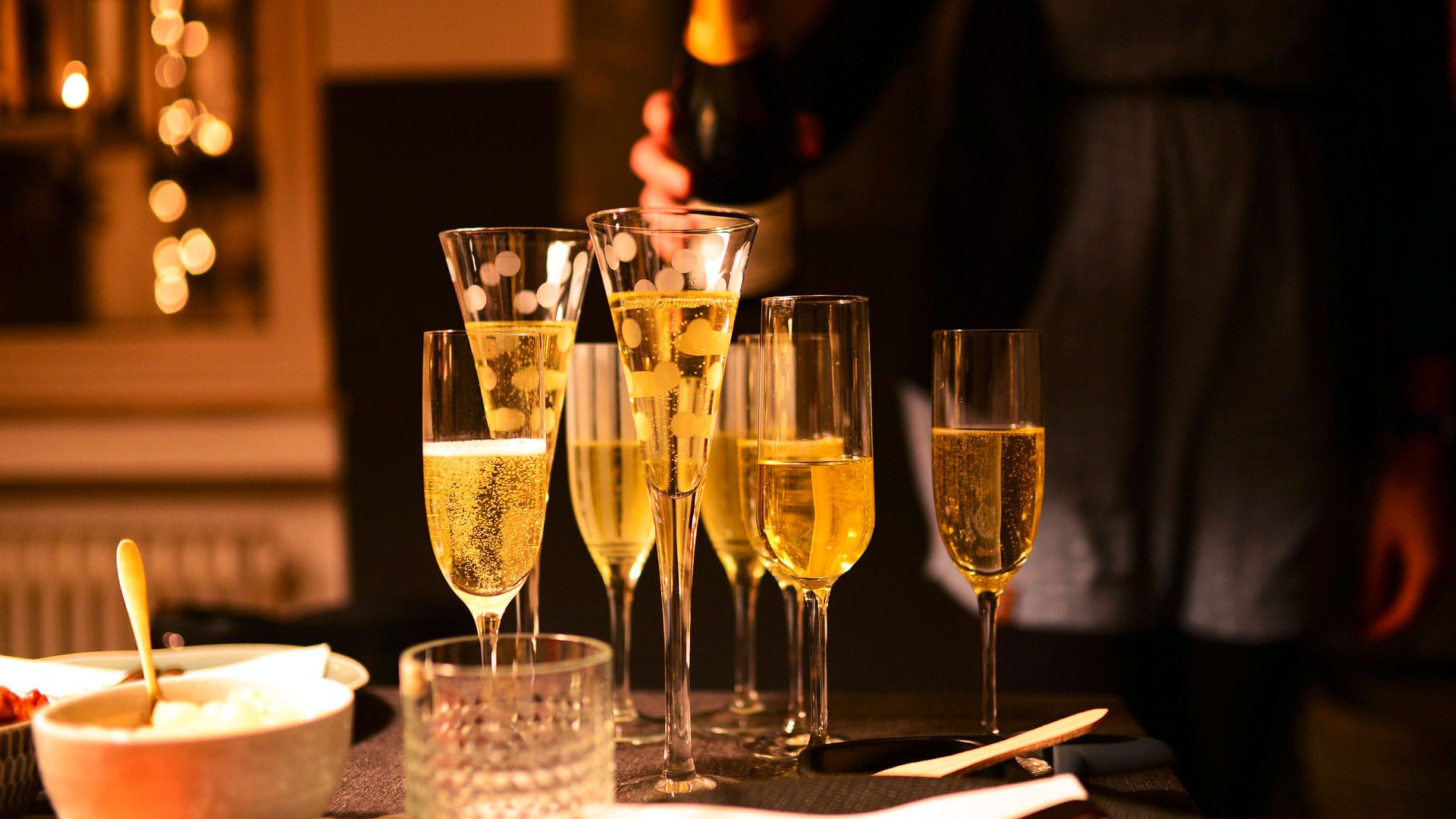Introduction: Sparkling wine
In our online store you will find numerous sparkling wines of the highest quality. Our range also includes numerous other white wines, rosé wines and red wines. Lovers of high-proof spirits will also find an exquisite selection of digestifs in the shop.
If you are looking for a gift, we recommend the various tasting boxes from our gift service, for example, or a gift voucher, which gives the recipient a free choice in our online shop.
Definition, history and production of sparkling wine
Sparkling wine is the generic term for all wine-based drinks containing alcohol that are bottled in glass bottles and are pressurized due to the carbon dioxide. Sparkling wines are available as sparkling wine blanc or sparkling wine rosé. In France, sparkling wines are often referred to as “mousseux”.
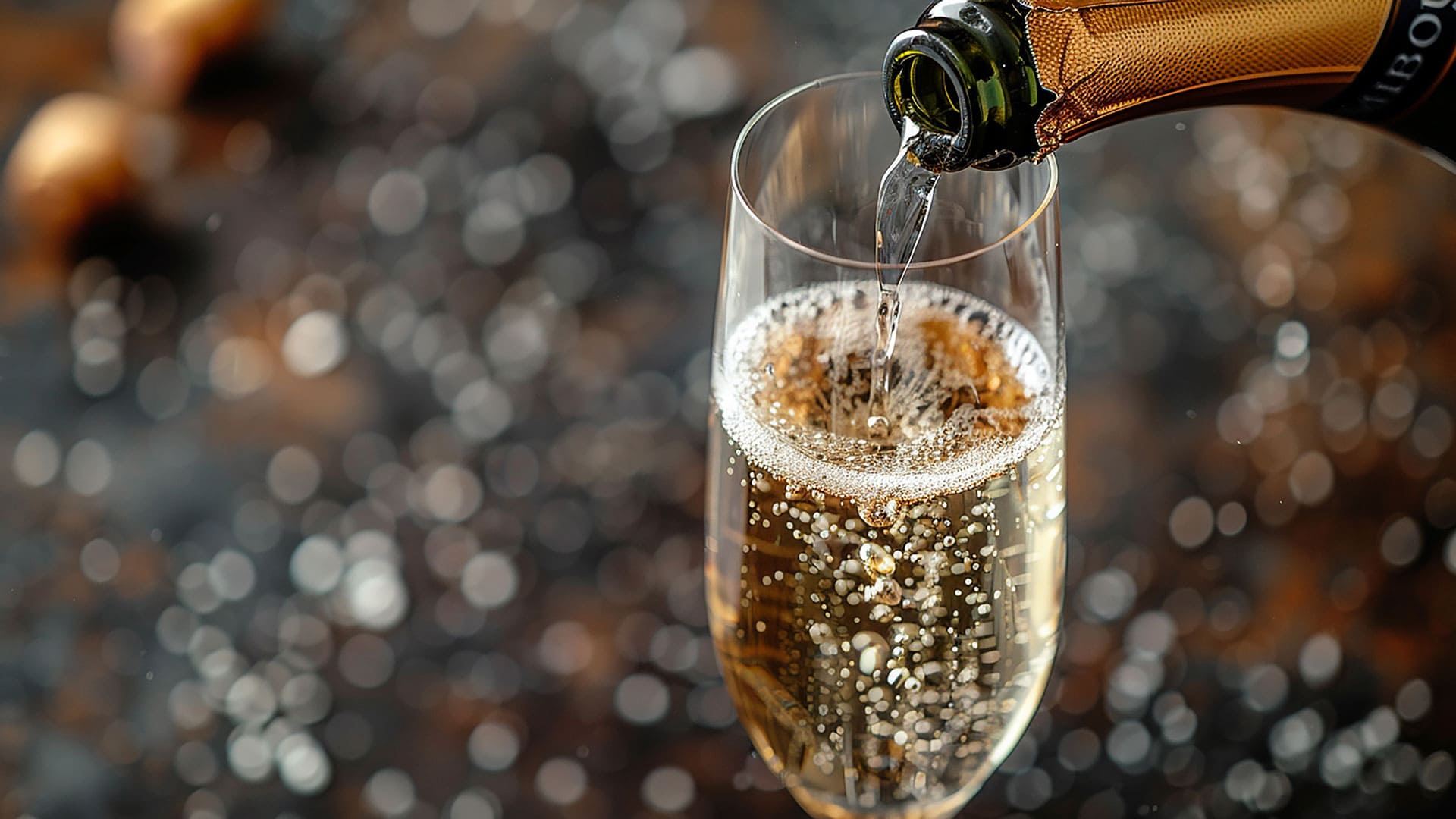
History of sparkling wine
The history of sparkling wine dates back to ancient times, when the ancient Greeks and Romans produced wine with carbon dioxide. However, the technique of secondary fermentation, which produces the bubbles in wine, is attributed to the blind French monk Dom Perignon in the late 17th century. He discovered how to stabilize the wine and bottle it so that the carbon dioxide was retained.
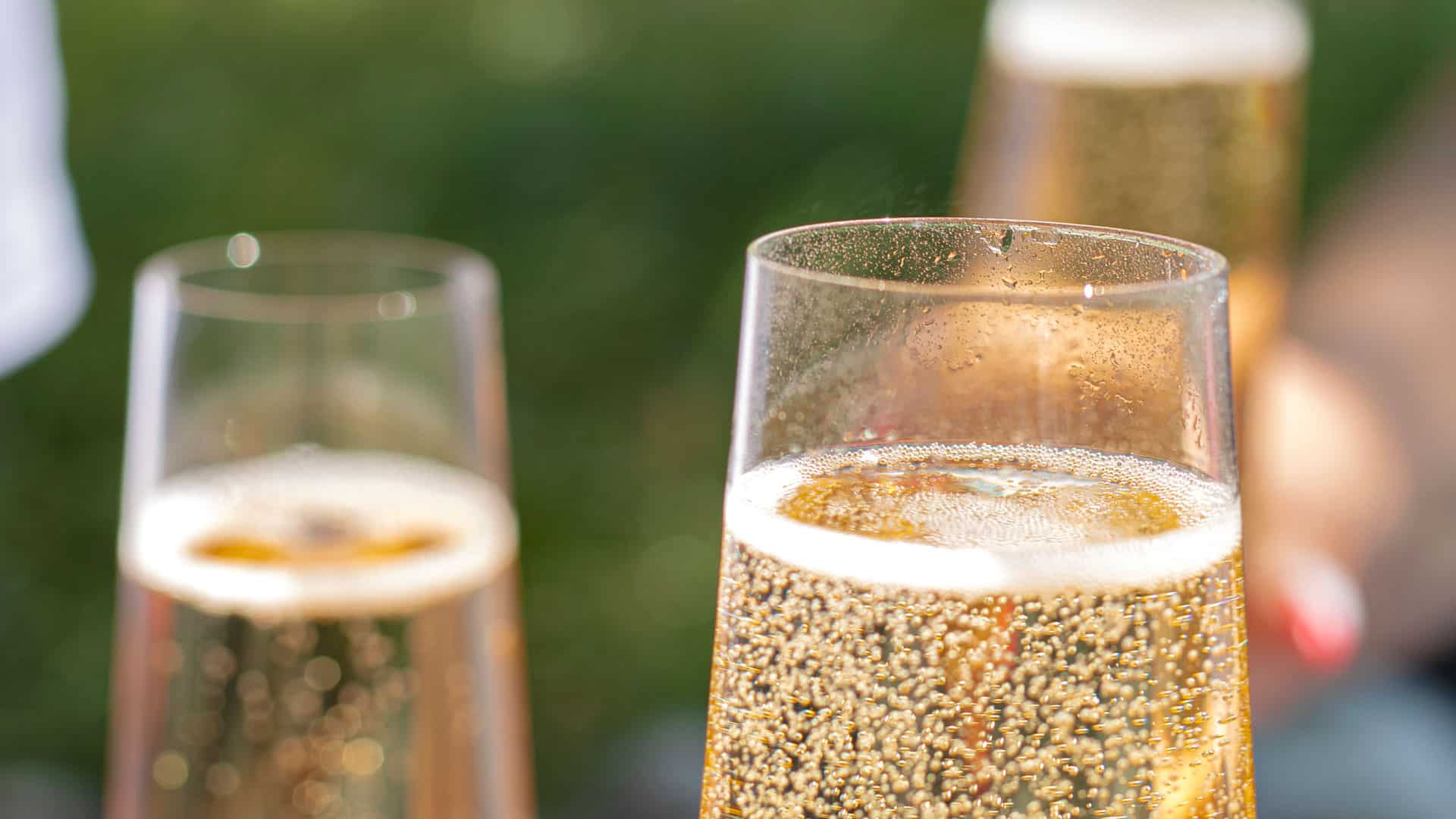
In the 19th century, the production of sparkling wine was further improved, particularly in the Champagne region of France. During this time, the term “vin mousseux” became widely used in France to describe sparkling wines. This is where the Champenoise method originated, in which the wine ferments in the bottle and develops its distinctive flavor. Although the roots of sparkling wine go back to France and Italy in the 16th century, it was not until the 17th century, particularly through the work of French monks, that sparkling wine took on its current form.
Production of sparkling wine
There are three production methods for sparkling wines. These are called traditional bottle fermentation, the Charmat method and the rurale or ancestrale method:
- Traditional bottle fermentation produces the highest quality and finest sparkling wines. It is also known as the méthode champenoise or méthode traditionelle. In this method, the carbon dioxide is produced during a second fermentation in the bottle. For this, sugar and yeast are added to the initially fermented young wine, which is then completely fermented.
- The Charmat method is less expensive and produces sparkling wines with a fruitier taste. Sparkling wine blanc and rosé can be produced in different ways. Either carbon dioxide is added under pressure, in which case the end product must be labeled as “sparkling wine with added carbon dioxide”. Or the carbon dioxide is produced as part of an initial fermentation and the newly formed yeast is then removed by disgorging or filtering (Asti method).
- The third variant, the rurale or ancestrale method, had almost fallen into oblivion. It is now being practiced again in isolated cases. The big difference to the traditional method is that it does not require a second fermentation. Instead, the must is first fermented like a normal wine and is then bottled with a certain residual sugar content during the first fermentation, including the natural yeast. The result is a sparkling wine that has a more or less clear residual sweetness, as the natural yeast usually stops working much earlier than the highly specialized champagne yeast normally used for the second fermentation.
Champagne, sparkling wine, crémant, prosecco & semi-sparkling wine
Sparkling wine, cremant and champagne – a definition
Champagne from France is a sparkling wine, but not every sparkling wine can be called champagne. The term champagne may only be used for all sparkling wines made from grapes from the Champagne region of France. Champagne must also have been aged in the bottle for at least 15 months.
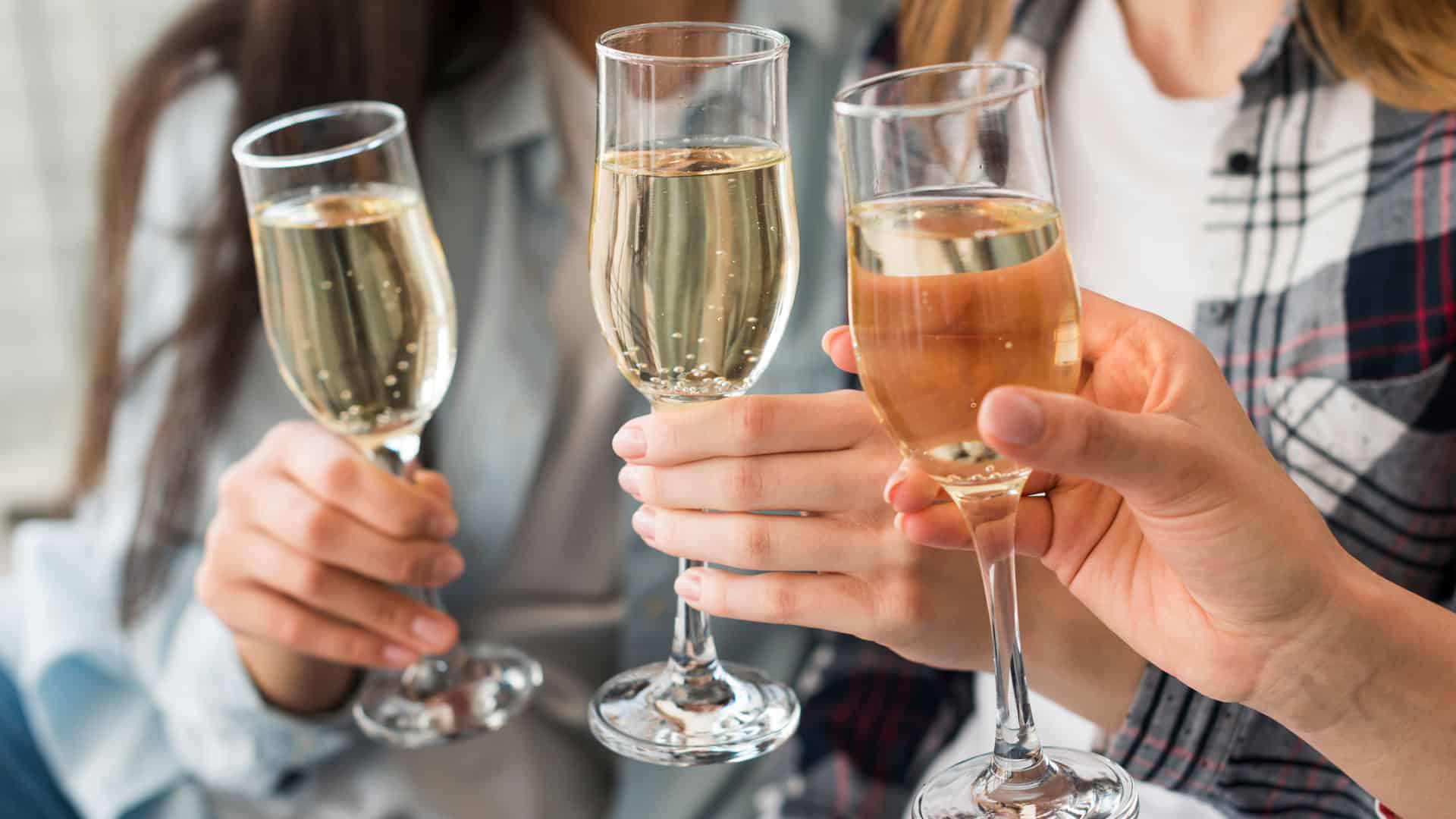
Sparkling wines that are produced like champagne but come from other countries must be labeled differently. Champagne and sparkling wines also differ in the way they are produced. Only the méthode champenoise applies to champagne. There are also differences to sparkling wine in the grape varieties used. Champagne may only be made from Chardonnay, Pinot Noir and Pinot Meunier.
Crémant in turn refers to sparkling (French: vin mousseux), i.e. carbonated, drinks with a controlled designation of origin. Crémant can be defined as any beverage produced outside the Champagne region. In addition, such a crémant must have been produced using the bottle fermentation method (méthode champenoise). Crémant is thus a distinction from the terms sparkling wine and champagne. However, crémant is only used to describe sparkling wines from France; the use of crémant abroad is not common. Another French term for sparkling wines with lower pressure is “vin pétillant”.
Are Prosecco, Spumante, Cava, sparkling wine and Franciacorta all just terms for sparkling wine?
No and yes. Prosecco refers to an Italian sparkling wine from the Veneto region, known for its freshness and fruitiness. Spumante, on the other hand, is the Italian term for sparkling wine. Spumante can come from different regions.
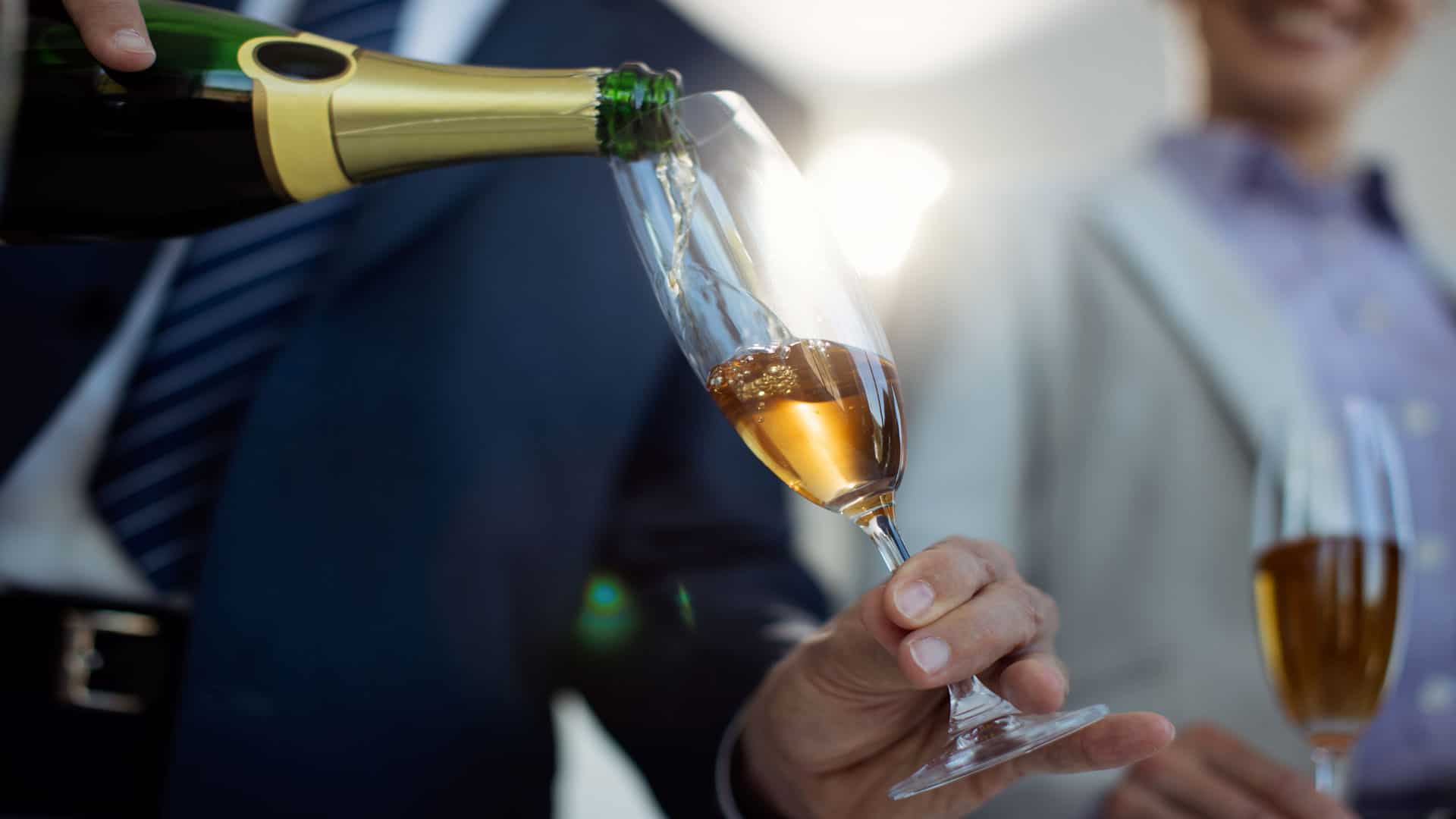
Cava, on the other hand, is a Spanish sparkling wine. Cava usually comes from Catalonia, has a refreshing character and is often produced using the champagne method.
Franciacorta is a high-quality Italian sparkling wine that is also produced using the Champagne method and comes from the region of the same name in Lombardy.

Sekt is a German sparkling wine. Sekt is produced using the traditional method. The term “Sekt” is mainly used in Germany and Austria. For sparkling wine to be called Sekt, it must be made from traditional grape varieties and produced according to specific specifications.
What is meant by the term sparkling wine?
Sparkling wine only has a pressure of 1 to 2.5 bar (atmospheres), whereas sparkling wine must have a pressure of at least 3.5 bar and therefore bubbles more strongly. Sparkling wine, French vin pétillant, Italian vino frizzante, or here in Switzerland Sternliwein, is therefore a low-fizzing wine with an alcohol content of at least 7% by volume. Vino frizzante is often used in Italy to describe this type of wine.
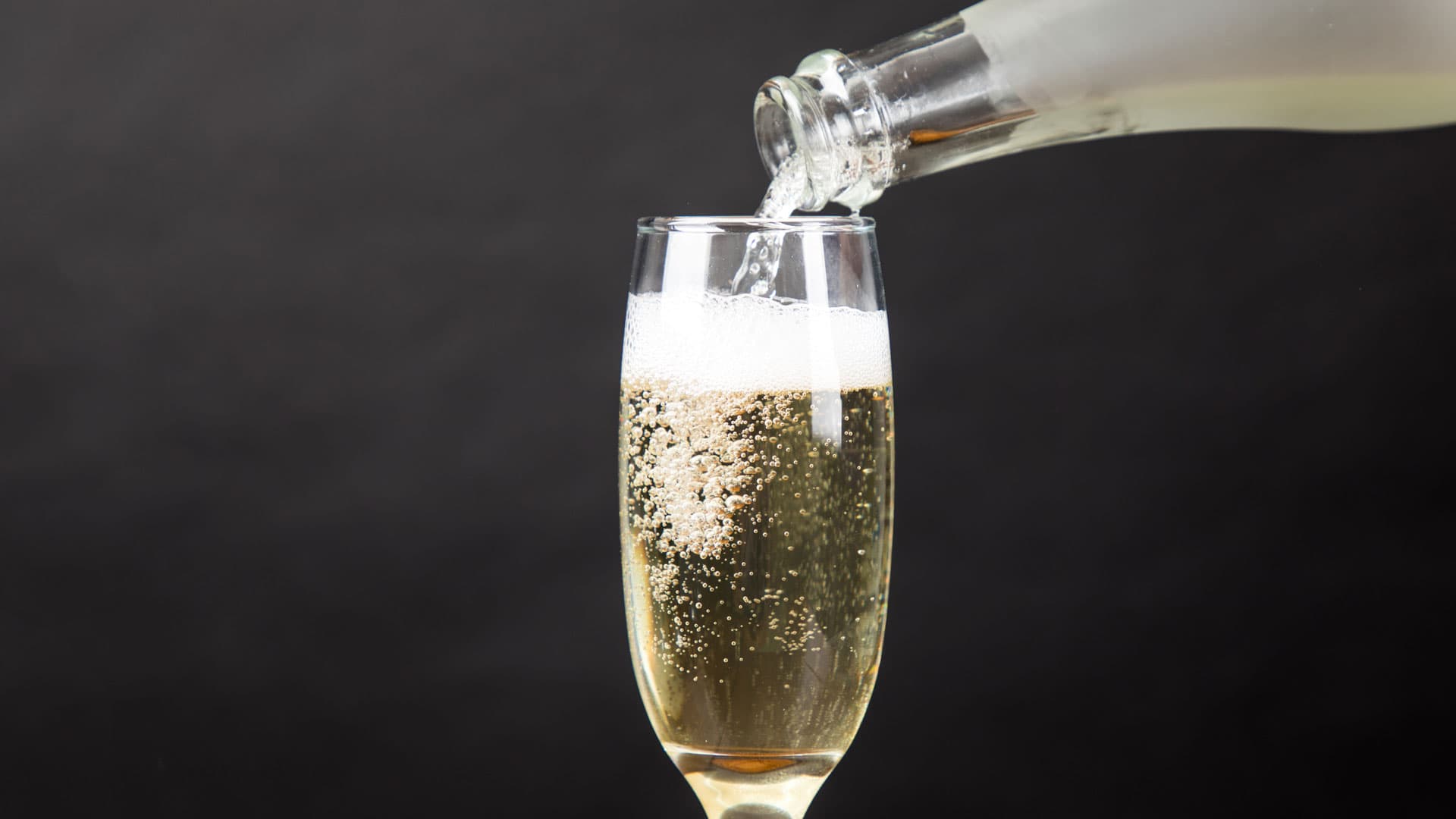
Italian Prosecco is available as Frizzante (sparkling wine) and also in a nobler and higher quality version as Spumante (sparkling wine). The difference lies in the production process and therefore in the carbon dioxide content or carbon dioxide pressure.
Storage and service of sparkling wines
The sparkling wines are at their peak of quality as soon as the second fermentation in the bottle has been completed and the sparkling wine has been corked airtight. Of course, sparkling wines can still be stored for a certain period of one to two years; the absolute maximum storage period is three years. Sparkling wines are a luxury product that is primarily intended for immediate consumption. The disgorging process is crucial to ensure the clarity and quality of the sparkling wines before consumption.
Storing sparkling wine correctly
As sparkling wines are even more sensitive to light and heat than wine, sparkling wines should always be stored in a dark place. If you cannot find a suitable place to store sparkling wine in your home, you can resort to creative solutions: it is sufficient to cover sparkling wine with a cloth; if in doubt, you can also store the bottles under your bed. In addition, sparkling wine should always be stored in a cool place. Whether upright or lying down is irrelevant. In the Charmat method, sparkling wines are often stored in large pressure tanks, so-called autoclaves, before bottling.

Serve sparkling wine at the right temperature
Sparkling wine should always be served at a cool temperature, but never ice cold. The ideal serving temperature for sparkling wine is between 6 and 10 °C.
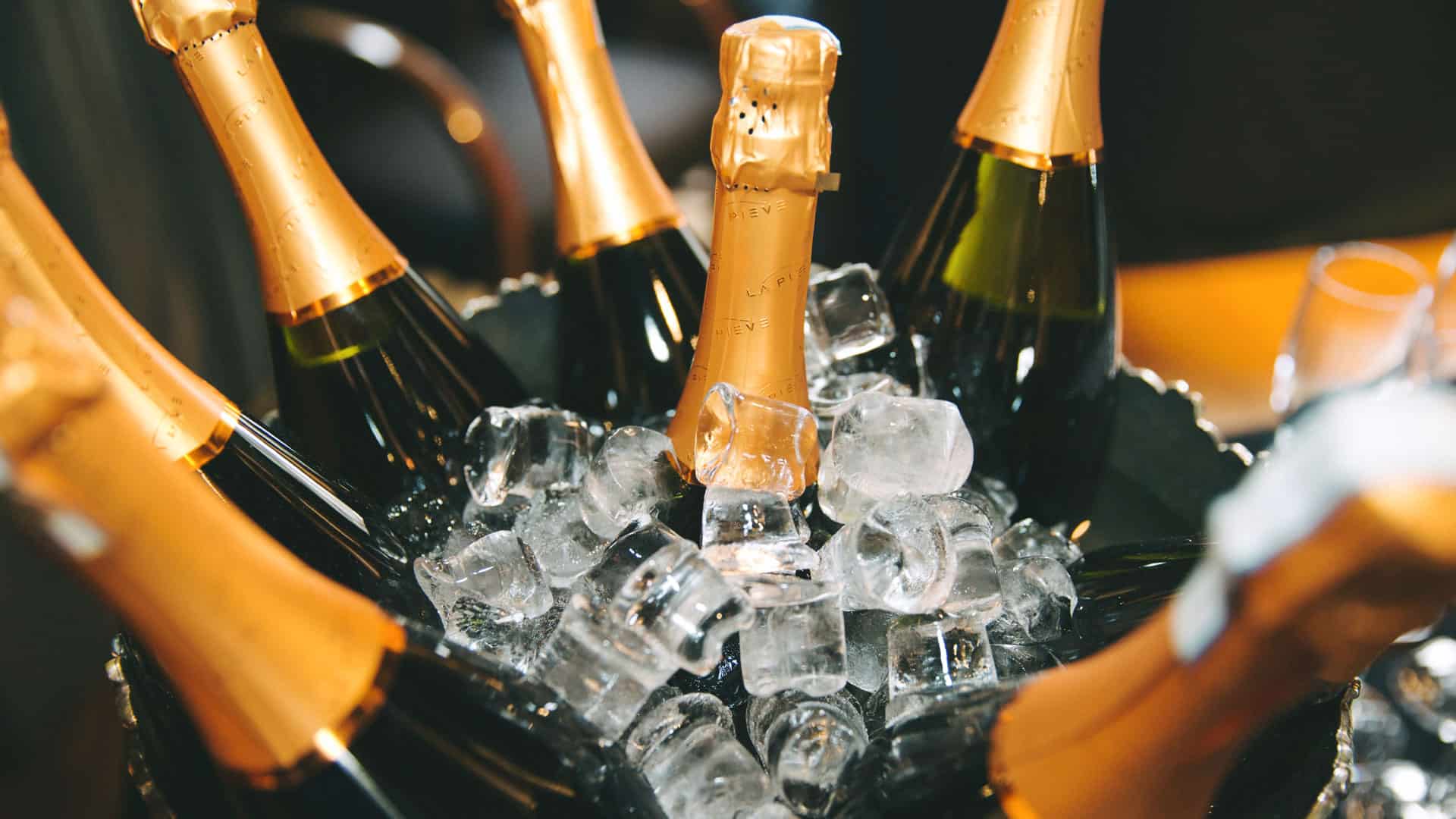
What is meant by the AOC, DOC and DOCG designations of origin for sparkling wine?
Similar designations of origin apply to sparkling wines as to wines, but with different names and standards. In France, AOC (Appellation d’Origine Contrôlée) is used for high-quality sparkling wines from certain regions such as Champagne.
In Italy, DOC (Denominazione di Origine Controllata) corresponds to the requirements for the quality and origin of sparkling wine. The highest level, DOCG (Denominazione di Origine Controllata e Garantita), is awarded in Italy for first-class sparkling wine.
These designations guarantee that sparkling wines from these regions are produced according to strict regulations and represent the highest quality.
What is the sugar content of sparkling wine?
By adding sugar (also known as dosage), the winemaker determines whether his sparkling wine will be dry or sweet. Dosage is a crucial step in the production process that influences the final taste profile of the sparkling wine. There are different levels of sweetness for sparkling wines:
Brut Nature
0 to 3 g/l residual sugar content, which corresponds to less than 1 sugar cube
Extra Brut
0 to 6 g/l residual sugar content, equivalent to up to 1.5 sugar cubes
Brood/herb
6 to 12 g/l residual sugar content, corresponding to 1.5 to a maximum of 3 sugar cubes
Extra Dry
12 to 17 g/l residual sugar content, corresponding to 3 to a maximum of 4 sugar cubes
Dry
17 to 32 g/l residual sugar content, equivalent to 4 to 8 sugar cubes
Demi-Sec
32 to 50 g/l residual sugar content or 8 to a maximum of 12 sugar cubes
Doux
50+ g/l residual sugar content, which is equivalent to more than 12 sugar cubes
What dishes go well with sparkling wine?
Thanks to their refreshing and sparkling profile, sparkling wines go well with a wide variety of dishes and add a special elegance to any occasion. They harmonize particularly well with light and fresh dishes such as salads, chicken and turkey dishes, as well as fish and seafood dishes, such as a fish or meat carpaccio, but also with pasta dishes.
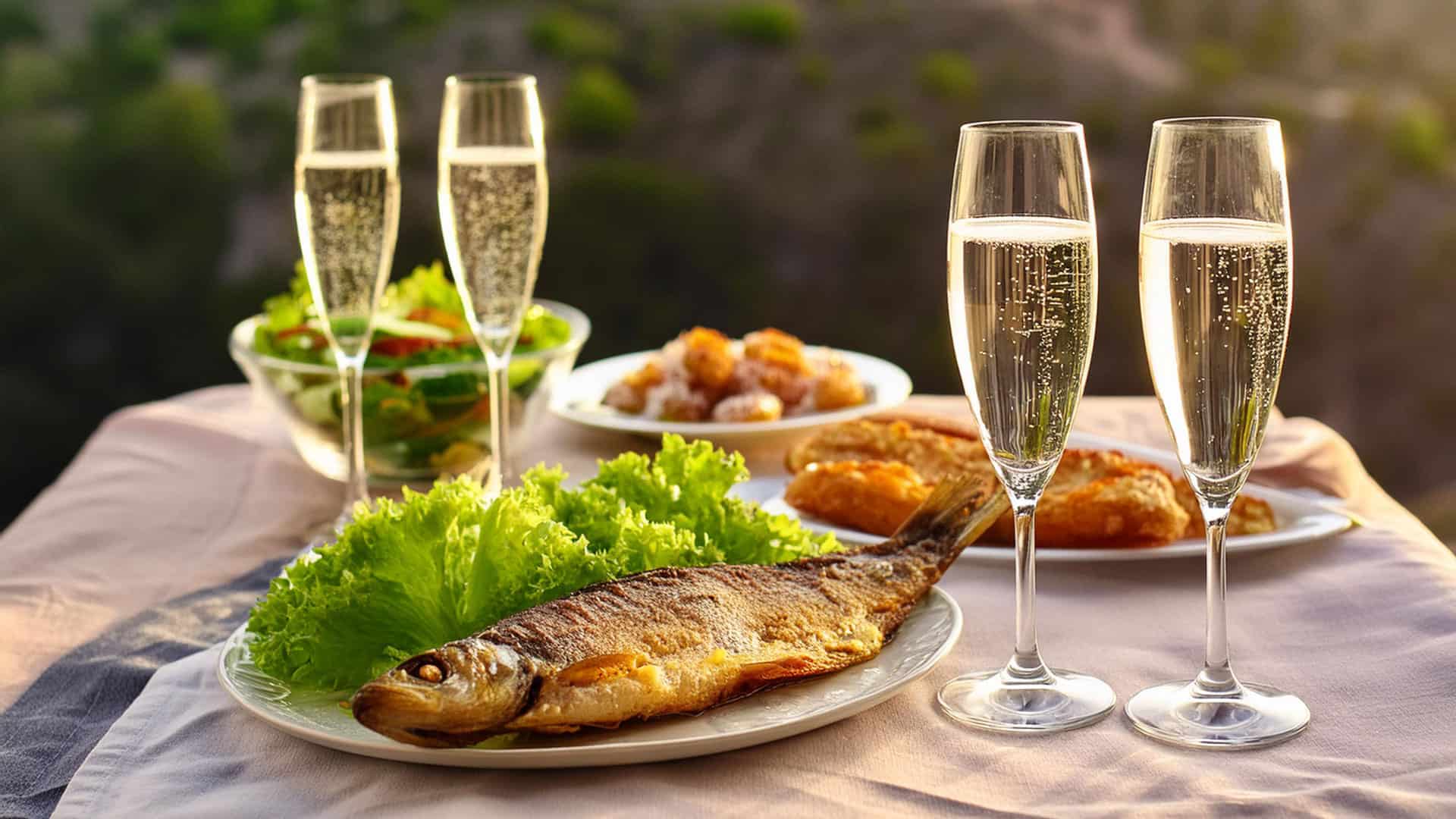
Our sparkling wine recommendations
At Weinhandlung Ritschard you will find a wide variety of sparkling wines, including organic products. The articles are available in the shopping cart/online store in 75 cl bottles but also in other bottle sizes. The price is indicated in CHF in the shopping cart.
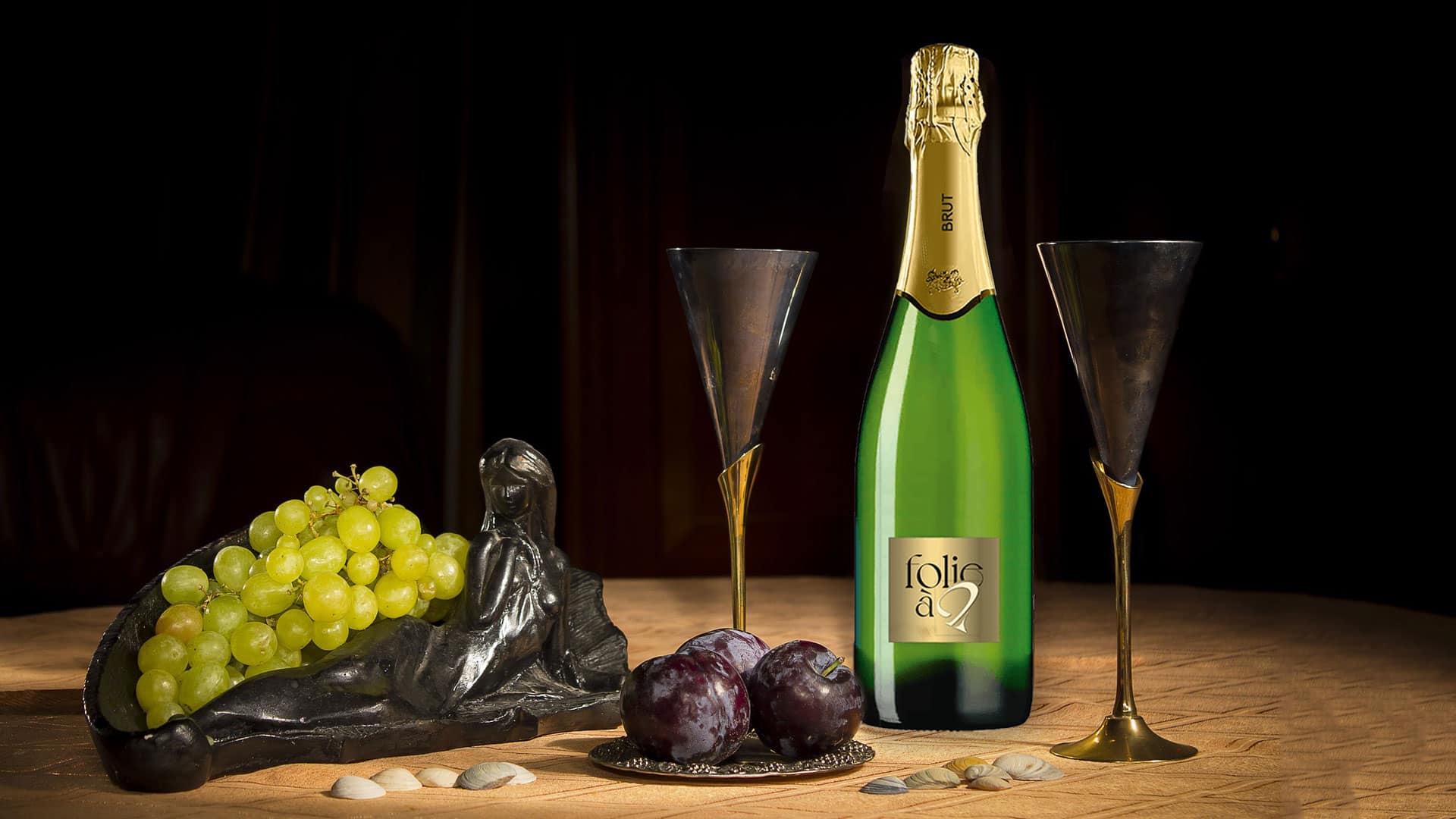
Interesting facts about sparkling wine
Here you will find answers to frequently asked questions about sparkling wine.
Is sparkling wine and sparkling wine the same thing?
The most popular sparkling wine in Germany is called Sekt. Young cask wines, known as base wines, are used for this. Yeast cells and sugar are added to these base wines. They are then left to ferment for at least six months, producing the carbon dioxide that makes sparkling wine so tangy.
What else do you call sparkling wine?
Sparkling wine is available internationally in many varieties: Crémant, sparkling wine, Prosecco and Cava. However, a special rule applies to champagne worldwide and in France itself: only sparkling wine that comes from the Champagne region can be called “champagne”.
What is the difference between sparkling wine and semi-sparkling wine?
The big difference between sparkling wine and semi-sparkling wine lies in the carbon dioxide content. Sparkling wine contains more carbon dioxide than semi-sparkling wine and it is even permitted to add it afterwards. The pressure in the bottle must be at least 3 bar for sparkling wine, while it must not be higher than 2.5 bar for semi-sparkling wine.
How is sparkling wine made?
In principle, all sparkling wines undergo a second fermentation. For this, a mixture of sugar and yeast, the so-called tirage, is added to the finished base wine. This mixture is also known as “liqueur de tirage” and is essential for the start of the second fermentation in the bottle. The yeast then converts the sugar into alcohol and carbon dioxide, just like during the first fermentation.

